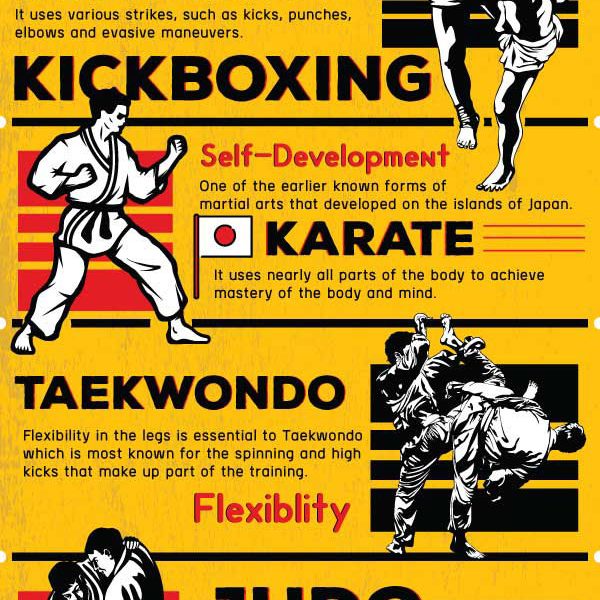Understanding The Basic Differences Between Traditional Martial Arts And Modern Battle Sports
Understanding The Basic Differences Between Traditional Martial Arts And Modern Battle Sports
Blog Article
Uploaded By-Kok Snedker
When you think of martial arts, do you lean much more toward the traditional methods or the contemporary battle sporting activities? Each path offers distinct benefits and experiences, formed by their ideologies and training techniques. Conventional martial arts emphasize personal development and technique, while modern-day combat sports concentrate on competition and efficiency. Recognizing these distinctions can guide you in choosing the ideal technique for your trip. However exactly how do these differences materialize in training and viewpoint?
The Approach and History Behind Traditional Martial arts
While many people link martial arts with physical fight, the approach and history behind conventional martial arts run much deeper. You'll find that these disciplines stress personal development, discipline, and regard.
Originating from https://selfdefenseknifewoman95804.blogproducer.com/42192835/which-youth-martial-arts-design-should-you-select-for-your-kid-a-look-into-the-various-alternatives , traditional martial arts were often created for Self-Defense and spiritual growth. They personify principles such as balance, harmony, and self-constraint, guiding specialists past simple battling skills.
As you train, you'll not only discover techniques but likewise acquire understandings into the society and worths that formed these arts. The rituals and practices, often given via generations, promote a sense of community and belonging.
The Affordable Nature of Modern Fight Sports
Modern combat sports have actually transformed the landscape of martial arts right into a very competitive sector, where professional athletes take on in a test of skill, approach, and endurance.
You'll notice that competitions are usually arranged with stringent guidelines and policies, guaranteeing fair play and safety and security. These events bring in large audiences, sustaining the enjoyment and strength of matchups.
Athletes educate rigorously, not just for physical prowess but additionally for mental toughness, knowing that every detail counts in the ring. The adrenaline thrill throughout competitions is palpable, as boxers push their restrictions to claim triumph.
Followers appreciate the athleticism and creativity included, making contemporary fight sports a thrilling spectacle that remains to advance and captivate fanatics worldwide.
Training Approaches and Strategies: A Relative Analysis
The competitive ambience of modern-day fight sports needs cutting-edge training methods that differ substantially from conventional martial arts.
In modern training, you'll concentrate on certain techniques, sparring, and conditioning, often using drills that imitate real battle scenarios. You'll see an emphasis on measurable performance and frequent competitors to examine your abilities.
On the other hand, conventional martial arts prioritize types, katas, and thoughtful trainings, commonly highlighting technique and respect over competitors.
have a peek here is normally less extreme and may include recurring practice as opposed to real-time sparring.
While both strategies construct ability and health and fitness, modern-day fight sports provide a much more dynamic and versatile training environment, preparing you for immediate difficulties in the ring or cage.
Choose the path that aligns with your goals and interests.
Verdict
In selecting between conventional martial arts and contemporary battle sporting activities, it truly comes down to what you value a lot of. If you're searching for individual growth, technique, and a sense of community, conventional arts could be your ideal fit. However if best martial arts to learn at home prosper on competition and real-time obstacles, contemporary combat sports could be the way to go. Inevitably, both paths offer distinct benefits, so it's everything about aligning your training with your individual objectives and rate of interests.
